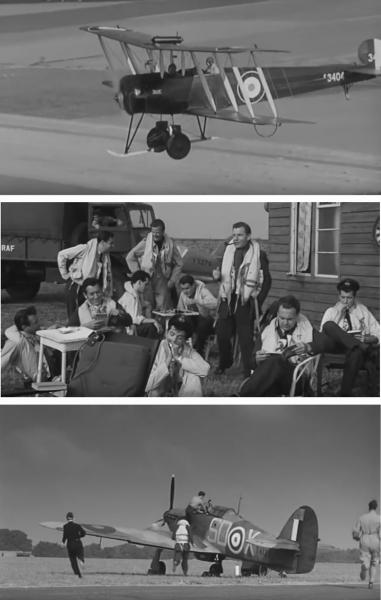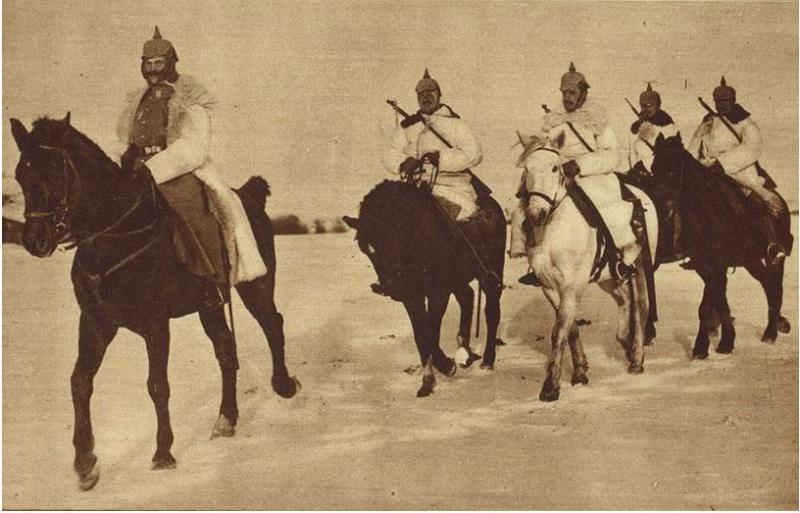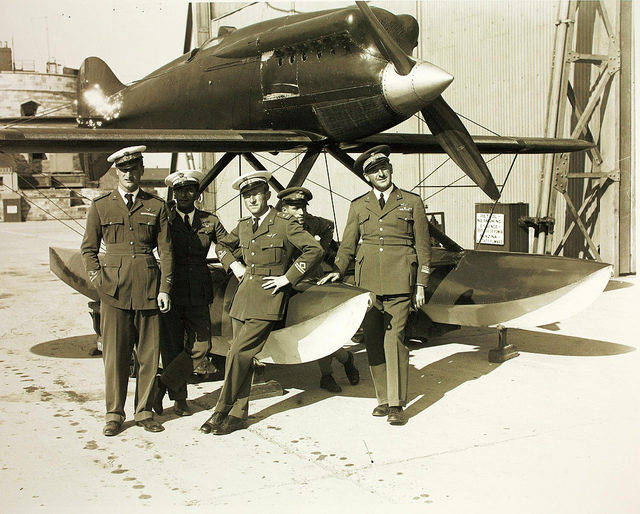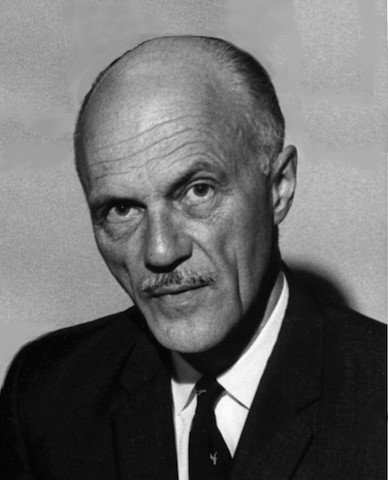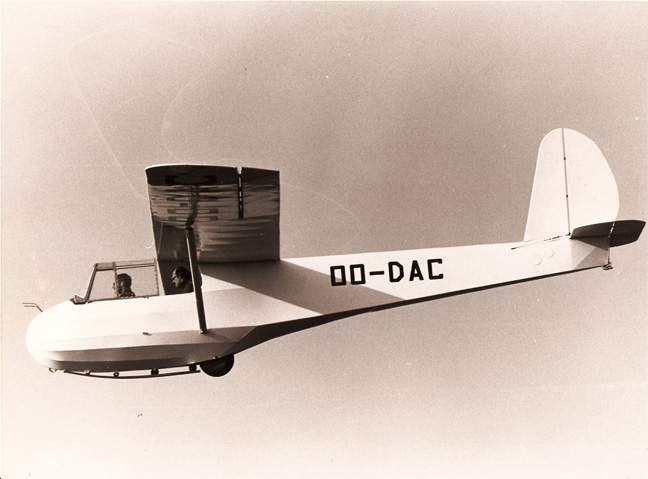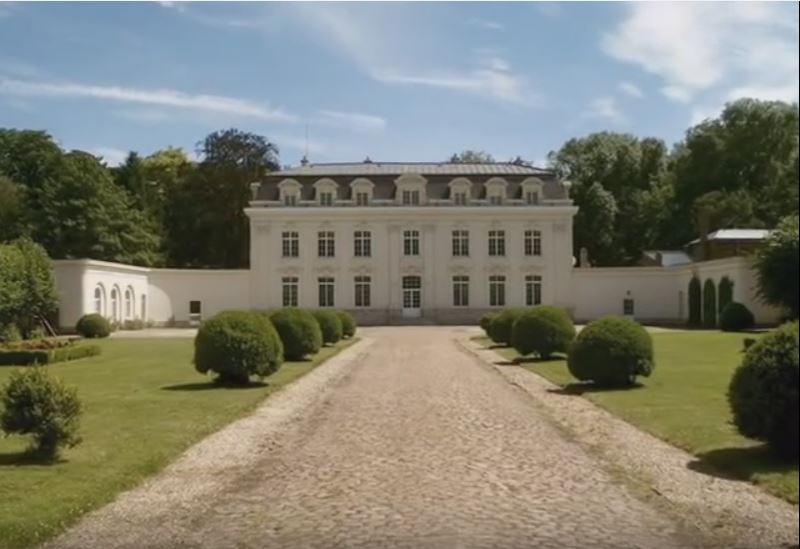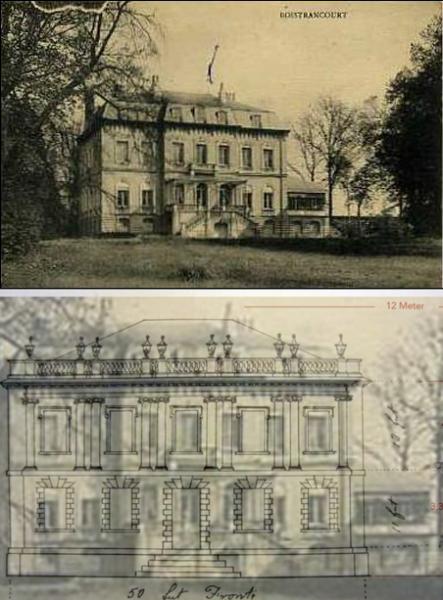-
Posts
2,637 -
Joined
-
Last visited
-
Days Won
1
Content Type
Profiles
Forums
Gallery
Downloads
Store
Everything posted by Hauksbee
-

Verdun - Got it when it came out
Hauksbee replied to UK_Widowmaker's topic in WOFF UE/PE - General Discussion
"Immersion" in a WWI flying sim is one thing. A brush with death and danger. But a little skill will get you through. But "immersion" in in a bloodbath & meat-grinder...? You'll be having nightmares. What's the average life expectancy in "Verdun"? Minutes? -
http://www.netflix.com/watch/80036418?trackId=13752289&tctx=0%2C0%2C5b162e7896ac2277a5bd23015c4ea6e1bfd9a0e0%3A92cae6c5e4c6d63c9596f00c9ce2e9ba4df71e4a I hope I'm not repeating myself here but while we're on the subject, I've got another Netflix Instant for you. (at least, I don't remember reccommending it before). Simply called "Battle of Britain", (edit: "Battle of Britain: The Real Story) the theme is that, while Britain was certainly in a bit of a corner, things were not as dire as has been commonly reported. As few examples: (1) Squadron-for-squadron, the RAF and the Luftwaffe were seen as roughly equal. But Britain fielded 20 planes per squadron, while the Luftwaffe, only 12. After the first few weeks, German pilots wondered where all these British planes were coming from. (2) Moreover, Churchill put Lord Beaverbrook in charge aircraft production. Beaverbrook limited aircraft production to three bomber types and two fighters: Spitfire and Hurricane. Everything else was cancelled. Consequently, even at the lowest ebb, British squadrons never lacked for replacement airplanes. (3) Keith Park, commander of 11 Group in Kent (which bore the brunt) rotated his squadrons. A beat-up squadron in Kent would get pulled back to the interior to train new pilots. Those squadrons would get assigned to Scotland where things were quieter while they got operational experience and formed a reserve force to replace losses in Kent. The Germans had no such program. Units stayed in the line while their most experienced pilots were lost by attrition and new pilots got thrown in to the battle raw. (4) Every downed German pilot was initially housed in a rather nice country house just outside of London. Accommodations were civilized and the food better than what they expected. What they didn't know was that every corner of the house was bugged and every conversation recorded. That way, the British got a constant update on how the Germans saw the state of the war. If you can get Netflix, check it out.
-
Quite so, Olham. And Göring was a fighter pilot himself. It's one of the great mysteries how he allowed the bomber crews to talk him into it.
-
Whereupon Simon straps on his trusty Snipe and hurls himself into WOFF, with such panache and reckless daring, that the OBD computer code seizes up and declares an armistice!
-

Let us now praise Beverly Shenstone...
Hauksbee replied to Hauksbee's topic in WOFF UE/PE - General Discussion
Just watched a YouTube video on restoring WWII fighters. Where in WWII there was a shortage of metal workers, there was a plethora of skilled woodworkers building Hurricanes and Mosquitos. These days, it's just the reverse. All those skilled cabinet makers are gone and it's a real chore to restore a Hurricane. -
I commend to your attention the film "My Boy, Jack". A sad film about John Kipling (Daniel Radcliffe) who desperately wanted to go to war to get out of the house and away from his father, Rudyard. But no service would have him because his eyesight was so bad that, today, he'd probably be declared legally blind. Rudyard, as Poet Laureate and chief cheerleader for the British Raj, sees this as perfectly normal that a boy would want shed his blood for 'King and Country" and pulls strings and throws all his influence into the attempt to find Jack an officer posting. It's an uphill struggle, but at last he finds an army unit that will take him. The Western Front is (of course) a death sentence for Jack, but still preferable to remaining under his father's thumb. The bitter irony is that at the same time Rudyard Kipling is serving on the Propaganda Board. Their task was to provide stirring posters and other advertisements to sell the war and make it look like a great adventure. They also were tasked with putting the best face on debacles and bloodbaths like The Somme. To do this, they were provided with military intelligence that detailed the incompetence and cock-ups that needed to be hushed up or explained away and at the same time, Rudyard, who now knows what a meat-grinder the Western Front has become, is button-holing all his friends to make Jack a part of it.
-
I did not know that. Interesting. I was amused to see (near the end) that Bader's 'big wings' were given credit for winning the war. Not a word said about poor 11 Group down in Kent getting the snot beat out of them. Not a word said about how long it took to assemble those 'big wings'. Poor Jerry only had about 20 minutes over the target before heading home. 'Couldn't wait around forever. I would have liked to see more on the chemistry between Bader and Trafford Leigh-Mallory (great name, that) Between the two of them they gave Keith Park nightmares. Ah well, it's was Bader's film. I guess they had to shine the best light on him. Johny Johnstone had Kenyan dirt flown to Aden? (!)
-

Three Albatros in formation flight
Hauksbee replied to Olham's topic in WOFF UE/PE - General Discussion
Very nice. I guess it's safe to say that there are more Albitri flying these days than there are Spitfires. -
Doing a little surfing through YouTube today, I found the Douglas Bader biopic "Reach For the Sky" (1956) in its entirety. Starring Kenneth More in the title role, and a gorgeous Muriel Pavlow as his wife. A very, very watchable film. Not least for the vintage aircraft. At the beginning, there's Avro 504K's; several of them sitting about the field. (and later, a few Gloster Gamecocks) I wondered if these were WWI antiques, or, did the plane stay in production as a trainer? The middle third of the film (the part where he struggles with the legs) dragged a bit, but, what could they do? Then comes WWII and there's scads of Hurricanes and Spitfires (with the factory paint still on!) They even snuck in a Sea Fire for close-ups of Bader in the cockpit. The bubble canopy was the give-away. I found myself wondering where all those lovely planes had got to? Seeing as there's only one flying Lancaster these days and approximately a half dozen Spits. .
-
It was said of Kaiser Wilhelm that, (edit: "his greatest fear was...") "somewhere in the world there was a quarrel going on that he could not be part of."
-
True. The "Low Countries" were traditionally the European highway for armies to move north/south. In the wake of the Napoleonic wars (1839) England strong-armed the rest of Europe into affirming the perpetual neutrality of Belgium (Treaty of London) Declaring this invasion route to be out-of-bounds was supposed to secure peace on the continent. It was the cornerstone of British foreign policy and they took it very seriously. When the Kaiser dismissed it as "a scrap of paper", there was no turning back.
-
Historical Revisionism Update: Yes, Germany (Mostly) Started World War I The new year has barely begun, and already there has been an upsurge in World War I-related punditry. Among those itching for a fight over the origins of the First World War is Slate’s Matt Yglesias. On New Year’s Eve, Yglesias offered his own somewhat Slatepitchy take on World War I, claiming that the Great War was “primarily about Russo-Serbian desire to destroy Austria and France’s desire to reclaim Alsace and Lorraine.” This is, to say the least, a rather curious way to describe the outbreak of the First World War. Sure, the assassination of Archduke Franz Ferdinand by pro-Serb Bosnians may have set the spark for the Great War. But the actual outbreak of hostilities began with an Austrian declaration of war on Serbia, German declarations of war on France and Russia, and a German invasion of Belgium, Luxembourg, and France. So what gives? Yglesias’ main source in support of his view here is The Sleepwalkers: How Europe Went to War in 1914, a recent revisionist history of the outbreak of the Great War by historian Christopher Clark. Clark’s book attempts to shift blame for the Great War from Germany and Austria onto France, Russia, and Serbia. The gist of Clark’s argument was aptly summarized by Yglesias in another post (written on the 99th anniversary of Franz Ferdinand’s assassination): Serbia and its Russian superpower sponsor were genuinely trying to destroy the Habsburg empire. Franz Ferdinand’s assassins really did have ties to the Serbian state… The authorities in Vienna and Berlin had a legitimate interest in pushing back against the attempted dismemberment of the Habsburg state. And then things got nasty in no small part thanks to French politicians having persuaded themselves that a Balkan crisis would be the best possible shot at teaming up with Russia to wage a war against Germany and take back Alsace and Lorraine. I’ve read "The Sleepwalkers", and can attest that it is a gripping read. And as someone who is both a fan of the Habsburgs and a bit of a Francophobe, I should be sympathetic to Yglesias and Clark’s view here. But I’m afraid the case just isn’t persuasive. It’s true, for example, that Archduke Ferdinand’s assassins had links with the Serbian terrorist organization the Black Hand, and that members of the Black Hand had infiltrated the highest levels of the Serbian government. In the abstract, that sounds pretty ominous. But what that leaves out is that the Black Hand opposed the pre-WWI government of Nikola Pasic on the grounds that it was not sufficiently belligerent against Austria. Just one month before the assassination, Russia intervened to stop an attempt by the Black Hand to oust Pasic in favor of more a militant faction of the government. While Serbia definitely wanted to dismember the Austrian empire, the same was true in reverse. Austria wanted to dismember Serbia, and was devising plans to do so long before the assassination. Within a week of Franz Ferdinand’s assassination, Germany had agreed to back Austrian military action against Serbia, even if this resulted in war with Russia. After some characteristic dithering, Austria then decided to issue an ultimatum to Serbia, making demands the denial of which would provide the pretext for war. The German ambassador to Austria reported to his government on July 14 that the Austria ultimatum “is being composed so that the possibility of its being accepted is practically excluded.” As Britain’s Foreign Secretary Edward Grey said after receiving news of the ultimatum’s text, “Any nation that accepted conditions like that would really cease to count as an independent nation.” So given Austrian and German actions, war was unavoidable. The best one can say is that, had Russia abandoned Serbia, the war might have been a limited one. But that’s a far cry from saying the war was about a “Russo-Serbian desire to destroy Austria.” As Max Hastings puts matters in his recent study of the outbreak of the Great War, Catastrophe 1914: Europe Goes to War, “Those who today attribute to Russia principal responsibility for war are obliged to rely on the [argument] that the Tsar should have preserved wider European peace by allowing Austria to conduct a limited war to crush Serbia. Such a case can be made; but it seems essential to acknowledge its terms, rather than attempt to construct a spurious indictment that the Russians were guilty of duplicity.” What about the other half of Yglesias’ explanation, that the Great War was caused by “France’s desire to reclaim Alsace and Lorraine”? To begin with, any attempt to shift blame for World War I from Germany onto the French-Russian alliance has to deal with Germany’s responsibility for creating that alliance in the first place. If France wanted Alsace and Lorraine back, it was only because it had lost the territories in a war engineered by Germany. Karl Marx, in a moment of rare foresight, predicted that Germany’s decision to annex Alsace and Lorraine would end “by forcing France into the arms of Russia.” Similarly, it was Germany’s decision not to renew its alliance with Russia that led to increasing enmity between Russia and Austria, and to the creation of an anti-German alliance between Russia and France. And the German decision to rebuff British overtures in favor of a naval arms race (not to mention provoking the Agadir Crisis) pushed yet another potential ally into the enemy camp. Germany’s ability to lose friends and alienate people would continue during World War I itself, with such brilliant diplomatic maneuvers as the Zimmerman telegraph, unrestricted submarine warfare, and the decision to let Lenin back into Russia. But leave all that aside. It’s certainly true that France wanted to get Alsace and Lorraine back from Germany, and that France knew the only hope it had of beating Germany in a war was with Russia as an ally. But this had been true for decades prior to 1914. Had France and Russian really wanted to start a war with the central powers, they had plenty of opportunities. But they didn’t. Clark himself concedes this, noting that “at no point did the French or the Russian strategists involved plan to launch a war of aggression against the central powers.” What’s more, far from being an instigator, France was disengaged during much of the July Crisis. Attention in France during July 1914 was focused on a particularly lurid murder trial involving the wife of a prominent politician. During the key period of the Austrian ultimatum, both the French president and prime minister were stuck on a boat returning from St. Petersburg. And when leaders did finally arrive in Paris, their moves were not aggressive. The French prime minister cabled Russia on July 30 that it “should not immediately proceed to any measure which might offer Germany a pretext for a total or partial mobilization of her forces” and the French army itself was pulled back six miles from the German frontier. By contrast, as the July Crisis dragged on Germany became increasingly insistent on using the Austro-Serbian conflict to spark a general European war. According to the dominant view among the German army at the time, war with Russia was inevitable, and delay would only allow Russia to grow stronger militarily. Admittedly, as you get into the final days of July of 1914, things get incredibly complicated. Within each of Great Powers there were those arguing for a wider war, others trying to maintain peace, and still others attempting to hedge their bets, or who vacillated between one extreme and another. But while there may have been those in Germany trying to step back from the brink of war, they were effectively outmaneuvered by those such as Moltke who wanted war. Functionally, Germany spent the final days squelching peace initiatives, encouraging the Austrians to proceed with the invasion, and ultimately launching an attack on France through Belgium that brought the wavering British firmly into the war on the Allied side. Ultimately, then, while France, Russia, and Britain may have been willing to accept war rather than abandon an ally, it was Germany that actually acted to bring a general European conflagration into being. In his book Europe’s Last Summer: Who Started the Great War in 1914?, historian David Fromkin puts it succinctly: “Germany deliberately started a European war to keep from being overtaken by Russia.” Fromkin’s assessment of French and Russian involvement in the war is equally succinct: “What drove France and Russia to join in the fray can be covered in a sentence: Germany declared war on them, and they defended themselves.” Disagreements over the causes of World War I lack the policy relevance of arguments over Obamacare or NSA surveillance. Still, over the next few years countless pundits will try to analogize current events to 1914, and it would be a shame if they did so based on the mistaken belief that the Great War was really a French plot. Revisionist history can be fun, but in this case it is just wrong. The First World War, like its sequel, was Germany’s fault.
-
My favorite smuggling story is about the Italians in 1923 Schneider Cup race, which was held in America. This was during the Prohibition era when alcohol in all its forms was against the law. The Schneider Cup planes carried their fuel in the pontoons. The Italian team simply installed a fresh set of tanks (ones which had never seen gasoline) and filled them with red wine. .
-

Let us now praise Beverly Shenstone...
Hauksbee replied to Hauksbee's topic in WOFF UE/PE - General Discussion
Me neither. From what I gather from the article, he chose to work in complete anonymity. -
http://www.thedailybeast.com/articles/2016/03/12/the-spy-behind-the-plane-that-saved-britain.html A young man, Beverly Shenstone, (Canadian) goes to Germany in the 20's and gets a job with Junkers. After a few years, he moves on to Frankfurt and works with Alexander Lippish. The Lippish plant is described as "a Leonardo Da Vinci workshop". Eventually, he returns to England and gets hired at Supermarine. By now, Reginald Mitchell is recognized as a genius and has built the Supermarine Schneider Cup racers, but the day-to-day bread-and-butter work was seaplane design, pretty dull stuff after his work on the continent. When the Air Ministry put out a request for a new fighter (which would eventually become the Spitfire) Shenstone caught Mitchell's ear and explained what he had been doing in Germany...and the course of History shifted. . Shenstone was said to avoid the limelight. No photo of him exists at Supermarine. This is all I could find on the 'net.
-
Will the look of things change?
- 15 replies
-
- new site
- combatace.com
-
(and 2 more)
Tagged with:
-
Very nice. It reminds me of flying gliders in State College (a university town in Pennsylvania). In the mid-sixties a few local pilots decided to form a Glider Club. (There was a smallish grass field in town) I joined and flew for two summers. We all trained on a Schweizer 222. It look a lot like the SG38 except that it had a full fuselage, canopy, and carried two. The Student sat in front. We launched with a winch: a huge Oldsmobile engine on a two-wheeled trailer and a big spool of cable. Reel out the cable, clip it on to the glider, wave a flag, and the winch operator would engage the clutch, and off you go! About one third of the way down the field, the center-wheel would lift off and the pilot would haul the stick back sharply and start to climb. In the first one third of the ascent, the angle between you and the winch is pretty flat and you accelerate (and climb) briskly. But the higher you get, the angle increases until, at the end, you're directly above the winch which is pulling you down more than than forward. That's the release point. During that last third of the ascent, the wings would be protesting mightily. They'd be making "wobble-wobble-wobble" sounds called "oil-canning". It was unnerving until you got used to it. Still, I was always happy to pull the release knob and get quit of the cable.
-

3D Modelling - Maybe time to start it
Hauksbee replied to Olham's topic in WOFF UE/PE - General Discussion
'Love the rivers. I never got down too close to any river in my flying, and when seen from altitude, I could never understand why the rivers had a white border on each bank. It always looked like pollution; a white, foaming, sudsy deposit from a chemical plant upstream. With your changes, I see the effect of shallow water near shore. Much more realistic. Well done. Where I see rocks along the shoreline, is that just a texture applied, or is there a bump map too? . -

3D Modelling - Maybe time to start it
Hauksbee replied to Olham's topic in WOFF UE/PE - General Discussion
Piece o' cake. I'll walk you through it. -

3D Modelling - Maybe time to start it
Hauksbee replied to Olham's topic in WOFF UE/PE - General Discussion
Sounds like you've got a lot ahead of you. Keep me posted. 'Found this picture of a chateau at Roucourt, France. Is this what you want to build? If so, it will be a very simple model. . -

3D Modelling - Maybe time to start it
Hauksbee replied to Olham's topic in WOFF UE/PE - General Discussion
OK, I guess you can forget about the book. With YouTube, and Sim Out-House and me, you can get all your questions answered. I always found those big, fat, bibles frustrating anyway. They are always packed with information that can answer any question except the one that has me baffled at the moment. I did work with Blender for a while, but it must have been 10 years ago, or so. It's an 'open architecture' program like Linux; anyone who can write code can modify it as they see fit. Like SoftImage, Maya and 3D StudioMax, it has a steep learning curve. And because it changes so often as new capabilities are written for it, there's no authoritative manual published for it, or, not when I tried it. That may have changed by now, but it still would be a tough program for a beginner. Have you joined Sim Out-House yet? -

3D Modelling - Maybe time to start it
Hauksbee replied to Olham's topic in WOFF UE/PE - General Discussion
I checked amazon.com for G-Max Bibles. It seems the price has gone up. ( now $16.00+ for a used copy) As I recall, mine was less than 10 cents. (plus $3.75 postage) Here's the URL: http://www.amazon.com/gmax-Bible-Kelly-L-Murdock/dp/0764537571/ref=sr_1_1?s=books&ie=UTF8&qid=1456769727&sr=1-1&keywords=The+gmax+Bible Yes, I will continue building the Chateau. I'm pretty sure there's one at Boistrancourt now. (I haven't flown out of there in quite a while now) Lou told me that he constructed Boistrancourt by duplicating buildings already in the WOFF Scenery libraries. Buildings are very easy to make. Most every building is just a series of cubes patched together. The model can be built at any size and scaled up and down. After you export the model into the game, its size cannot be changed. You have to go back to the original G-Max document, alter the size there, then re-export it. There is a way to set scale in G-Max. First, you go to Preferences and specify meters. CSF3 wants everything in meters. Then there's a way to specify that each square on the grid in each modeling window equals 1 meter. I'm still a bit hazy of that. SOH told me, but was a bit unclear. I'll go back to my last posting and review their reply. Here's the historical Chateau at Boistrancourt, and your chateau drawing superimposed upon it. -

3D Modelling - Maybe time to start it
Hauksbee replied to Olham's topic in WOFF UE/PE - General Discussion
Congratulations on taking the plunge. And 'yes', I would love to collaborate on a project. When I have no one to work with, I go into long non-motivated slumps where it's almost impossible to get to work. I still have Boistrancourt to finish for Lou, and this could help me get back to work. First: go to Sim Out-House and open an account. This is the place to go when you have questions (and you will), and when you have questions I can't answer (which there certainly will be). Here is the Forum URL for the CFS3 modelers: http://www.sim-outhouse.com/sohforums/forumdisplay.php?22-Aircraft-Design-amp-Animation Second: Go here (which is a tutorial page) but what you'll want first is to download the CFS3 SDK (Software Dev. Kit) Initially, G-max will only export a model as a Plasma 3d file. CFS3 only reads .m3d format. The SDK modifies G-max so it can offer the .m3d format. http://www.sim-outhouse.net/tut/fs9/c162/ Now: Getting G-max. It's available from both TurboSquid and Sim Out-House, but I just tried both and can't find it. And then while I was writing this I had a second idea, did a different kind of search. Go here: http://www.turbosquid.com/gmax This is the download page. 'Don't know why it didn't show up when I did the first Turbosquid search. Go to amazon.com and look under 'Books' and get a used copy of "The G-Max Bible". It will be cheap; probably only a few pfennigs. Mine certainly was. When you get G-max running, let me know and we can get to work. You will recall the drawing you sent me on chateau proportions? I have several photos of the chateau at Boistrancourt. I took one into Photoshop and corrected it so all the verticals and horizontals are in true 90 deg. Then I superimposed the photo over your drawing. It was a nearly perfect match. That drawing ( I suspect) will be a great help on your model. -

Udet and his Curtiss "Goshawk" - German Propaganda Film
Hauksbee replied to Olham's topic in WOFF UE/PE - General Discussion
Nice film clip, Olham. Thanks.



